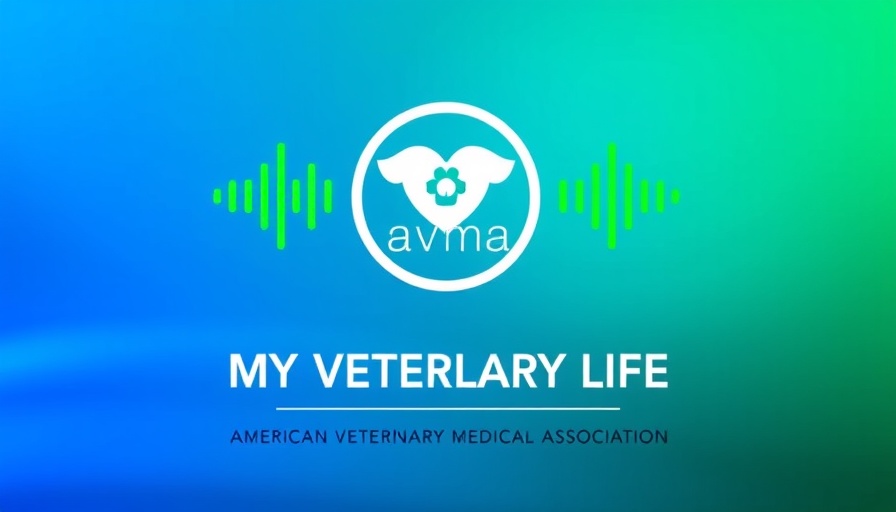
Discovering Leadership Opportunities in Everyday Life
Leadership doesn't always wear a suit and tie; sometimes, it wears fur and four paws. In recent discussions, Dr. Kendall Putnam emphasized the importance of 'leading from where you are,' suggesting that profound influence can be exerted through everyday interactions, particularly within the pet care industry. This has never been truer, with conversations surrounding the well-being of pets growing increasingly relevant among pet owners, veterinarians, and advocates alike.
How Veterinarians and Pet Professionals Can Lead
Veterinarians and pet healthcare professionals are positioned uniquely to lead change. They frequently encounter pet owners seeking guidance on health, behavior, and nutrition for their beloved companions. By sharing knowledge and resources, they not only contribute to the immediate well-being of their furry patients but also foster a culture of informed loving care among pet owners. "Each interaction is an opportunity to educate," says Dr. Putnam, highlighting that leadership is inherent in the everyday duties of pet care professionals.
Empowering Pet Owners and Enthusiasts
Pet owners can also take on leadership roles within their communities. They can advocate for better practices in pet care, push for increased awareness on issues like animal adoption, and even spearhead initiatives that improve the lives of pets waiting for homes. Engaging with local rescues, shelters, and community events can provide owners with a platform to make a vocal impact on animal welfare. By doing so, they can not only elevate their circles but also enlighten others about responsible pet ownership.
Innovative Approaches to Pet Care Within the Community
As technology continues to evolve, so do the means through which pet care can be enhanced. For example, the introduction of health tracking apps allows pet owners and professionals to monitor a pet's health status easily. This tech-focused approach not only generates discussions about preventative care but also empowers pet enthusiasts in making informed decisions for their pets. Embracing innovation can make pet healthcare more accessible, ultimately leading to healthier animals and happier families.
The Role of Trainers and Groomers in Leadership
Trainers and groomers are crucial players in the world of pet ownership. Their expertise in animal behavior and care sets the tone for nurturing responsible pet ownership. Through effective training methods and responsible grooming practices, they can lead by example. By promoting positive reinforcement and humane grooming tactics, these professionals ensure that pets are not only well-trained but also happy and healthy, contributing to the wellness revolution Dr. Putnam champions.
Building Community: Cohesion Through Collaboration
Collaboration among pet professionals can lead to a stronger sense of community. By joining forces, rescues, shelters, retailers, and pet care professionals can share resources and knowledge effectively. For instance, community events that highlight the importance of pet adoption can be supported collectively, bridging gaps between different groups and fostering a network focused on pet welfare. The combined effort amplifies the reach and effectiveness of each individual leader.
Inspiration from Dr. Putnam’s Insights
Dr. Putnam’s approach inspires leaders and community members alike to take ownership of their roles within the pet industry, reminding us that every contribution counts. His message resonates deeply among those committed to a thriving life for pets and their owners. The characteristics of leadership—empathy, communication, and engagement—are not confined to titles; they exist in everyday acts of kindness between humans and animals alike.
Final Thoughts: Take Action Today
As a pet owner, enthusiast, or professional, consider how you can lead in your community starting today. The well-being of your pets—and countless others—depends on the proactive measures we take. Whether participating in pet-related events, sharing knowledge, or collaborating with local professionals, every small step contributes to a larger cause. Together, we can make a significant difference in the lives of pets and promote a flourishing environment for animal care.
 Add Row
Add Row  Add
Add 


Write A Comment